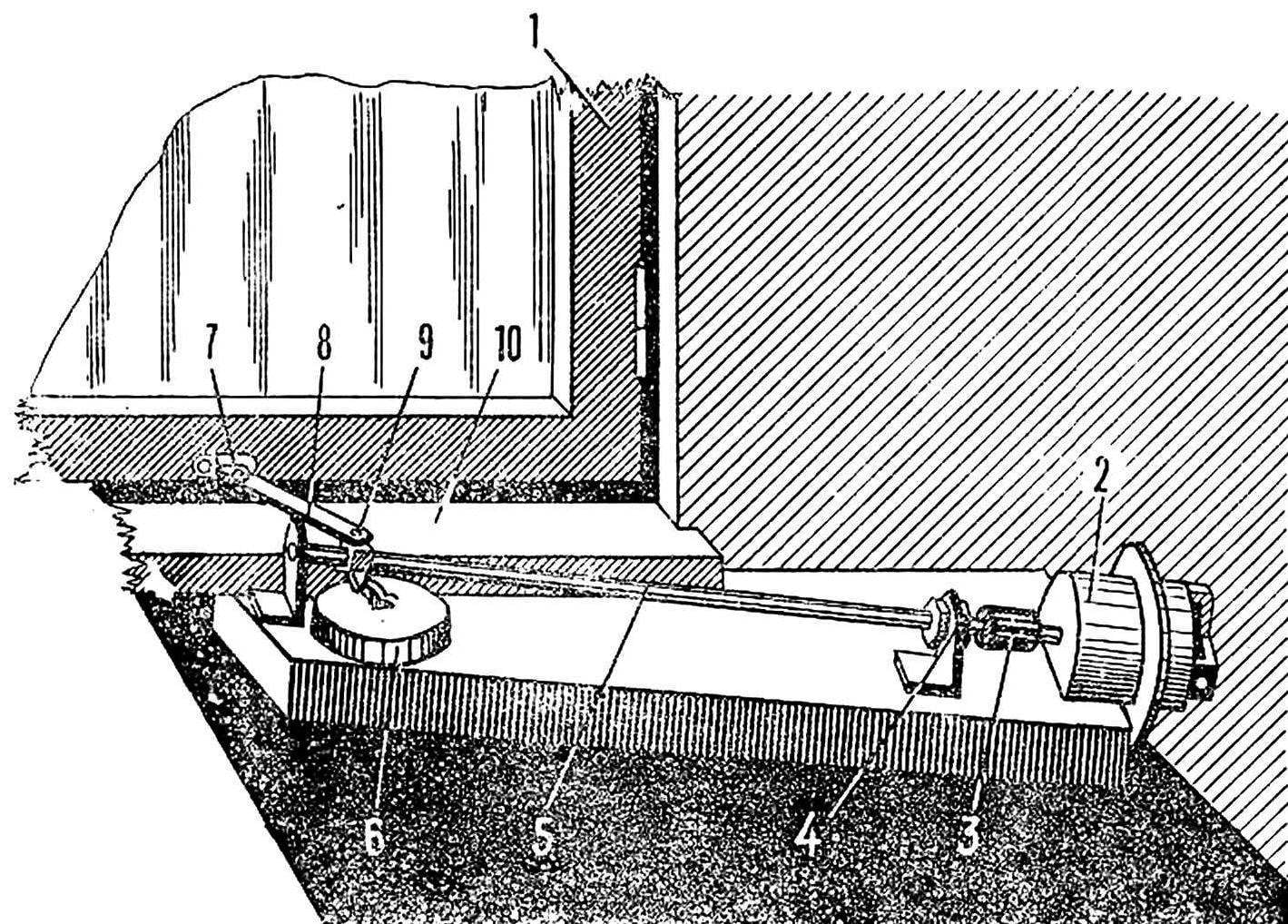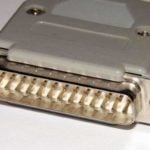 Darkened sky, the wind rustled the leaves, and now the first drops were informed about the start of the rain. And then you remember: “But at home I have the window open!” And as it happens, an unfortunate forgetfulness does not remain without consequences: flooded floor in the bathroom, torn curtains, broken glass.
Darkened sky, the wind rustled the leaves, and now the first drops were informed about the start of the rain. And then you remember: “But at home I have the window open!” And as it happens, an unfortunate forgetfulness does not remain without consequences: flooded floor in the bathroom, torn curtains, broken glass.
To protect you from such surprises can a simple machine diagram is in figure 1.
Sensor D represents an electrolytic bath with two electrodes. One is the cleaner case, and the other metal plate, spaced from the first at a distance of 1-2 mm (Fig. 2).
Sensor supply (6V) through a step-down transformer TR1 and rectifier diode D1.
The plating bath is poured 2 g of salt (sodium chloride, copper or iron sulphate). The salt crystals lightly moisturize, so they stuck to the case: they did not blow away in the wind. At the same time the substance should not short the electrodes of the sensor, otherwise the machine works, when to raise the humidity.

Fig. 1. Schematic diagram of the machine.
Fig. 2. Sensor-bath:
1 — the ledge of the sill, 2 — electrolytic bath, 3 — strip (dielectric), 4 — screws of fastening, 5 — electrode 1, 6 — electrode II.
Fig. 3. Drive:
1 — window 2 — motor, 3 — coupling (rubber tube), 4 — radialogy bearing, 5 — worm shaft, 6 — limit switch, 7 — joint, 8 — rod, 9 — slider.
Bath-the sensor is mounted on the outside of the windowsill. When the rain water will dissolve the salt, the resulting electrolyte closes the sensor electrodes. Relay R1 and its contact R1/1 includes a motor M1, which rotates the worm shaft (Fig. 3). It moved along the slider with a thrust, pivotally connected to the sash window.
Worm shaft with a diameter of 10 mm has a metric thread. M1 — the motor from the vacuum cleaner. R1 — relay РЭС6 (RF0.452.107.)
A. MERKULIEV, Leningrad



